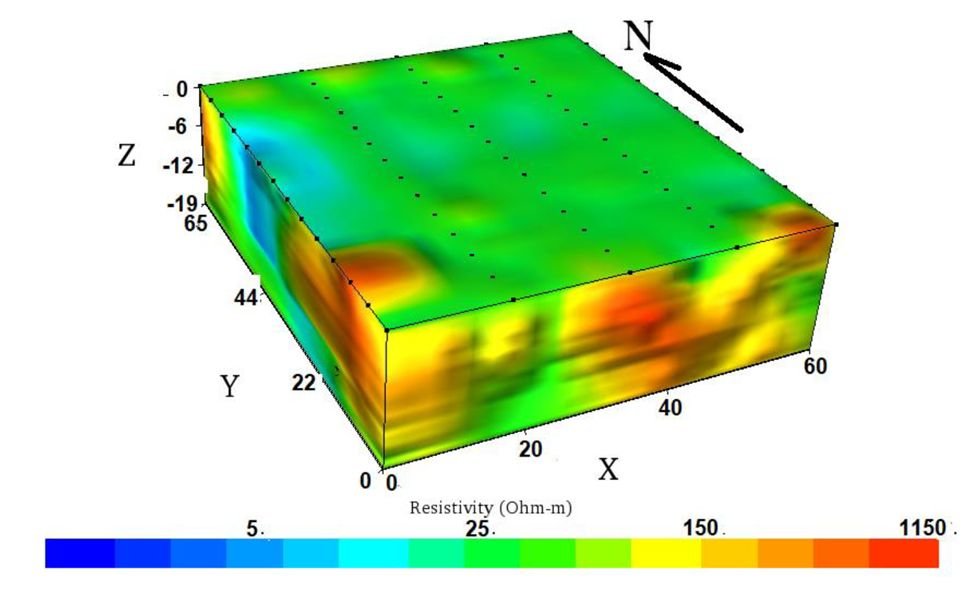Geophysical Studies
Geophysical evaluations rely upon the application of physical principles to study the Earth’s interior. Geophysical technologies are utilized to solve a wide range of geologic or geotechnical problems that come up with regard to environmental site assessment (ESA) or site development projects.
Some examples of geophysical project work include:
Subsurface detection of geologic strata (e.g., detection and delineation of changing soil or rock conditions, delineation of potentially expansive clay soils)
“Leaking Dam” investigations
Aquifer characterization (e.g., well siting studies, depth to groundwater determinations)
Fault/fracture delineation studies
Karst feature identification/delineation and mapping studies
Identification/delineation of subsurface manmade features (pipelines, buried cables, mining tunnels, etc.)
Resource assessment for aggregate quarry sites (e.g., rock and unconsolidated sediments)
Identification of preferential pathways for contaminant migration in the subsurface (e.g., buried gravel channels, fault zones, fill placement zones, etc.)
Identification and delineation of buried wastes (e.g., closed municipal solid waste landfills, dump sites, etc.)

